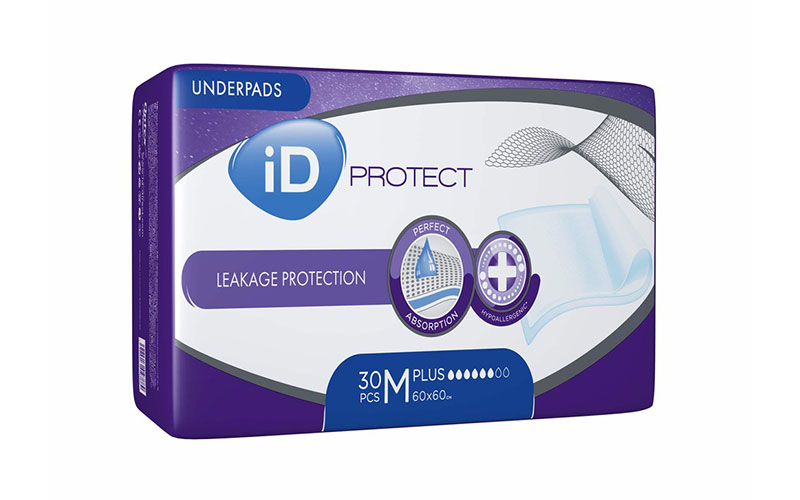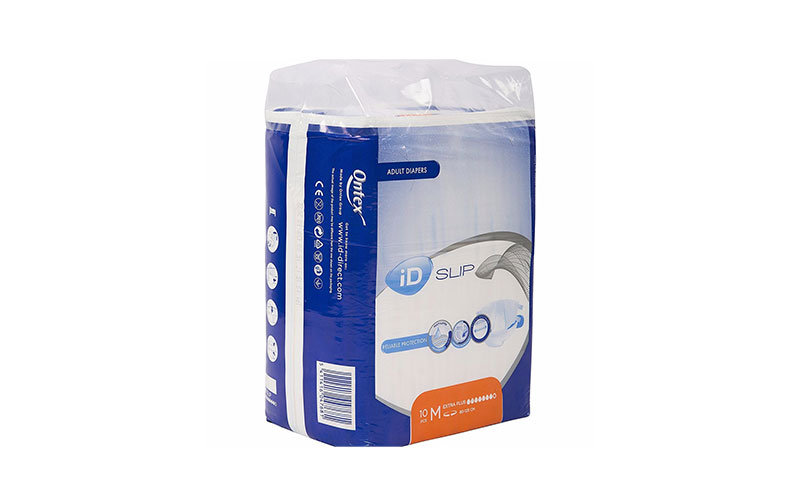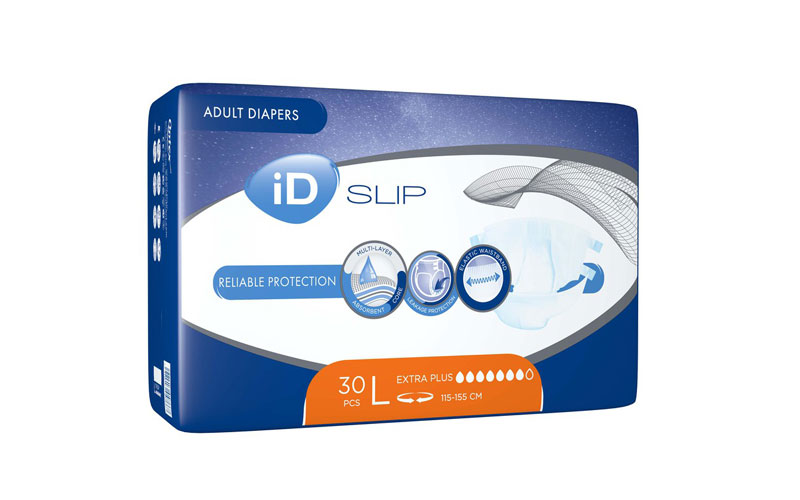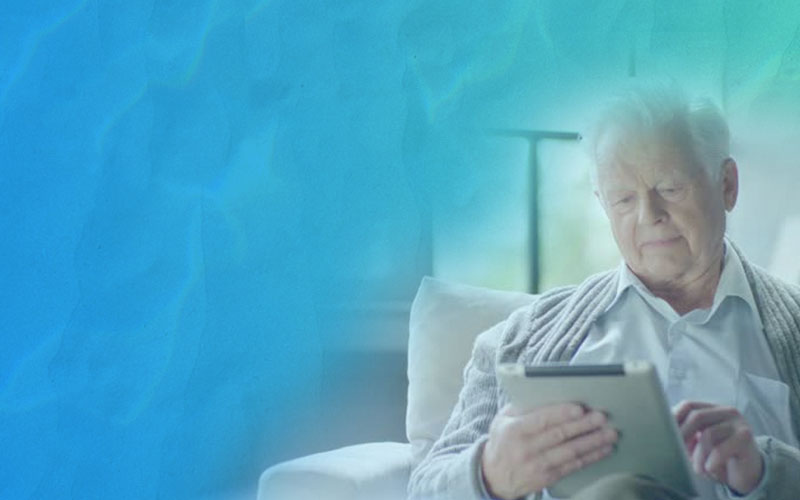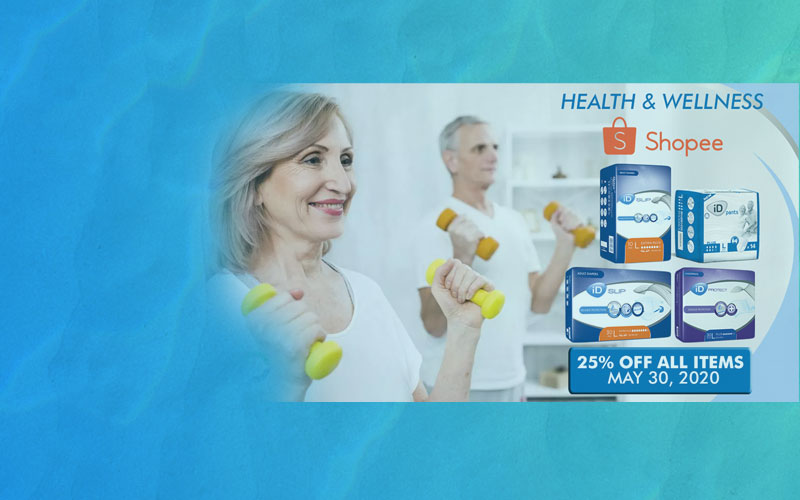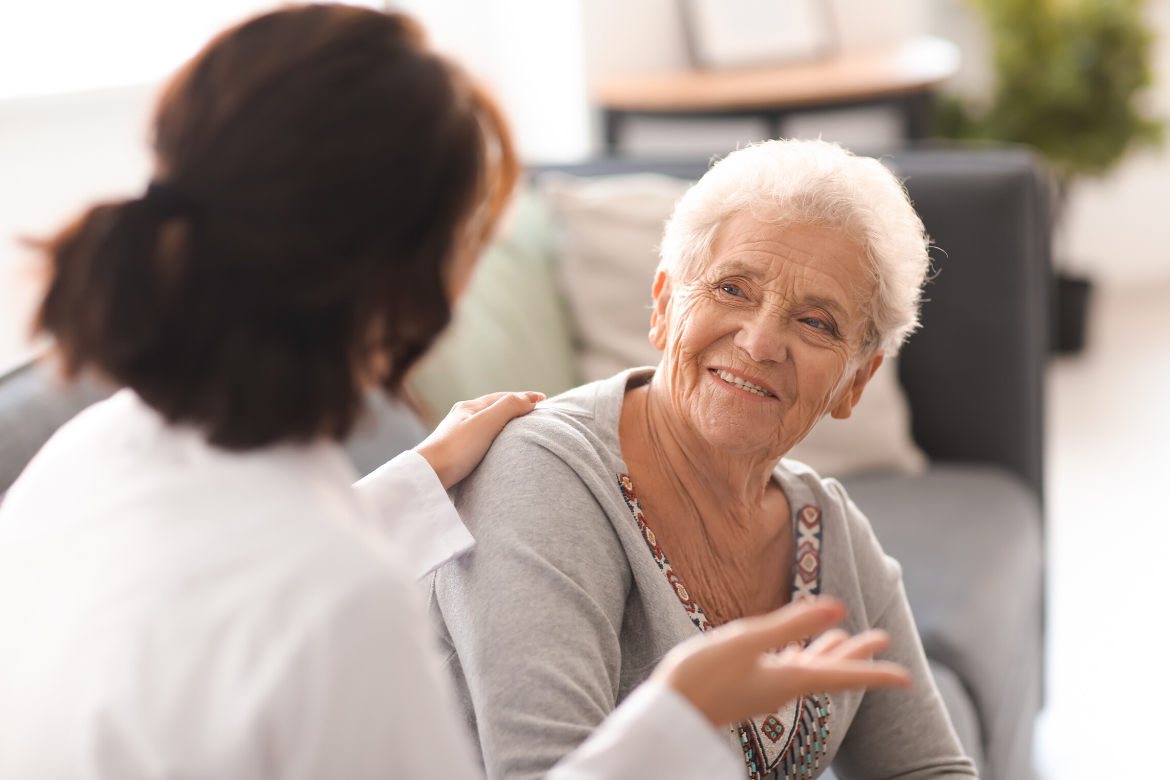
Caring for a parent or child with urinary incontinence can be stressful. Caregivers often struggle to balance their lives as they nurse their loved and take care of themselves at the same time! Especially incontinence care at home can be a challenge for family caregivers.
As caregivers have to take on more responsibilities than ever before, it’s important to create a supportive and positive environment for themselves and their loved ones. And it all starts by gaining a deeper understanding of what the person suffering from UI is really going through. Just like the caregiver, they’re also experiencing major changes that might take them a while to accept.
If you’re a caregiver who wants to provide the best continence care possible, we’ve come up with a few tips that you can follow. These will not only help your loved one become independent at home but also allow you to form better relationships with them in this dire situation.
1. Make continence Care as Natural as Possiblei
If your loved one is reluctant to use incontinence protection, know that it is natural for them to react this as it can be difficult to accept the fact that they are no longer completely in control of their normal functions, and a basic thing like wearing pads can feel unnatural at first.
If they do feel reluctant, calmly make them understand that you only want to do what’s best for them. Talk about how their own struggles are affecting you, which can help them accept their condition as well. Avoid saying unpleasant comments like the room smells as they may find this offensive, causing them to be more resistant to the care you provide. Make them know continence care is something natural.
2. Have Compassionii
When providing incontinence care at home, it’s normal for caregivers to feel embarrassed not only for themselves but also for their loved one. It can be awkward to see and clean another person’s private parts and often, it can be embarrassing for both the caregiver and the loved one.
However, imagine for a moment how a patient loses their dignity over allowing someone else to do basic tasks for them. In situations like these, caregivers must show empathy for the pain and embarrassment felt by the person who needs compassion at this point. It’s perfectly fine for the caregiver to be honest with how they really feel about this new set up. And if they really can’t do it, talk it out with the doctor and seek out help from other caregivers.
3. Acknowledge Discomfort and Concernsiii
Caregivers go through a lot of ups and downs when dealing with someone with bladder weakness. When the caregiver sometimes becomes frustrated, the loved ones might feel like they’re being punished. They might react rather impatiently to this behaviour, especially when it happened during an inconvenient time.
Caregivers might also find themselves feeling resentful for having to clean after someone else’s mess. When it gets too difficult to deal with, they can feel that giving up is the only option. However, this, unfortunately, puts the sufferer at risk for infections and skin problems.
In cases like these, the best step to take is to admit one’s discomfort or concern. Pretending like everything’s fine is not going to solve the issue, and it might only make things worse. Actively seek out help via support groups or from friends and health professionals who have had given incontinence care as well. They can offer proven coping strategies, emotional encouragement, and product recommendations to help you deal with the situation better.
4. Accept Your Physical Limitationsiv
Physical disabilities, ageing, and mismatched body sizes may make incontinence care at home extra challenging. A petite caregiver trying to assist a larger, heavier patient in getting to the bathroom might risk straining their muscles. Other factors like lack of sleep as a result of getting up during inconvenient times at night will negatively affect your capability to function the next day.
When caring for a parent or child with physical disabilities, work closely with a physical therapist. They can teach caregivers how to use their body properly so they don’t hurt their back or muscles while trying to aid someone with bladder weakness. It’s also best to talk with a physician to create care plans that includes the needs of the caregiver.
5. Prepare an Incontinence Kit during Tripsv
Even if a loved one has urinary incontinence, it doesn’t mean that they can’t go on holiday. However, it takes some careful planning to ensure that the caregiver and patient stay prepared at all times. Here are some tips:
- Pack a tote bag or duffle bag with an incontinence kit, which includes absorbent pads, extra underwear, gloves, wipes, amongst other clean up essentials. Include a few garbage bags to separate soiled items from the clean ones.
- If travelling across the country, search for a bathroom that permits two adults to go in together. Alternatively, carry a tag that can be attached to the bathroom door that says “caregiver caring for a disabled patient inside”, for example.
- Be sure to stop by a bathroom regularly, even though the patient hasn’t expressed the urge to urinate.
- If travelling by plane or train, reserve a seat close to the bathroom.
- Lastly, bring extra incontinence briefs or pads, personal cleansing wipes, and a change of clothes and socks.
6. Seek Out Help to Reduce Caregiving Stress
Seeking out help from other caregivers, social workers, or nurses may lower the risk of depression and burnout.vi Some caregiver support groups like iD Invisible solutions Facebook page can offer recommendations on where to find the most affordable incontinence supplies. The caregiver may then finally decide whether keeping a parent or child with urinary incontinence at home or moving them to a facility is the best option for everybody.
What Else Can a Caregiver Do
The stress that usually comes with caring for someone with bladder weakness is manageable.vii First, it’s important to make incontinence care as natural as possible. After all, It’s a common condition that affects millions of people worldwide.
Work closely with the patient’s doctor to find out what other treatments can be done to decrease accidents or bathroom visits, as well as prevent infections and skin problems. More importantly, get help from relatives, friends, and other healthcare professionals so that the caregiver doesn’t have to deal with the situation on their own.
Make Incontinence Care Easier with iD Protection
Cleaning up after accidents, doing laundry, and giving everything that someone with urinary incontinence needs can be difficult and time-consuming. Not to mention, other factors like the cost of incontinence care supplies, as well as the hard work involved to do inventory and buy those products can also be a cause of concern.
But thanks to iD incontinence pads for adults, leaks and accidents can now be dealt with easily! Designed for all types and levels of bladder weakness, these products offer supreme comfort and discretion with its premium, non-latex materials, great fit, highly absorbent pads, and anti-leak protection. All pads are also dermatologically-tested so they don’t irritate the skin even when worn all night.
i Pelvic floor muscle training versus no treatment, or inactive control treatments, for urinary incontinence in women
ii Virtual reality rehabilitation as a treatment approach for older women with mixed urinary incontinence: a feasibility study
iii A group-based yoga therapy intervention for urinary incontinence in women: A pilot randomised trial
iv Build supple strength in the pelvic floor
v Nonsurgical management of urinary incontinence in women: A clinical practice guideline from the American College of Physicians
vi Caffeine intake and its association with urinary incontinence in United States men: Results from the National Health and Nutrition Examination surveys 2005-2006 and 2007-2008
vii Caffeine and urinary incontinence in US women
viii Double-blind, placebo-controlled study of magnesium hydroxide for treatment of sensory urgency and detrusor instability: preliminary results
ix Vitamin D and incident Urinary Incontinence in Older Adults
x The relationship between BMI and urinary incontinence subgroups: Results from EpiLUTS
xi Urinary incontinence in older women: The role of body composition and muscle strength: From the Health, Aging, and Body Composition Study
Reference: https://www.id-direct.com/blog/incontinence-care-at-home/

